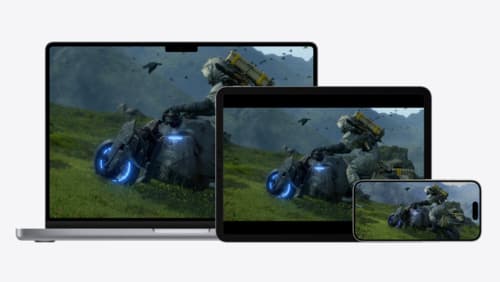How do I port DirectX games to Metal?
Asked on 2024-07-31
1 search
To port DirectX games to Metal, you can follow these steps as outlined in the session "Port advanced games to Apple platforms" from WWDC 2024:
-
Evaluate Your Game: Start by using the evaluation environment for Windows games to see how your game runs on Apple Silicon. This helps you get a baseline performance and confirm that your shaders convert successfully to Metal. The evaluation environment supports technologies like AVX instructions and ray tracing (Port advanced games to Apple platforms).
-
Use the Game Porting Toolkit: The Game Porting Toolkit 2 includes tools to help you bring over your game's code and assets. It supports converting HLSL shaders to Metal using the Metal Shader Converter, which can handle all shader stages, including advanced ones like ray tracing and mesh shaders (Port advanced games to Apple platforms).
-
Leverage Metal Tools: Metal provides a modern graphics and compute API optimized for Apple devices. You can use Metal CPP if you are familiar with C++ to get started with Metal without significant overhead. The Metal Shader Converter can be invoked from the command line or by linking against its dynamic library on both Windows and macOS (Port advanced games to Apple platforms).
-
Debug and Profile: Xcode now allows you to debug and profile the source of your original HLSL shaders at any stage of the porting process, whether you are evaluating your original Windows binary or debugging the Metal version of your game (Platforms State of the Union).
-
Configuration and Optimization: The Game Porting Toolkit provides example code and documentation to help you configure your project and optimize your game for Apple platforms. This includes setting up input and rumble, audio, and cloud saves (Port advanced games to Apple platforms).
For a detailed walkthrough, you can refer to the session "Port advanced games to Apple platforms" which covers these steps comprehensively.

Platforms State of the Union
Discover the newest advancements on Apple platforms.

Port advanced games to Apple platforms
Discover how simple it can be to reach players on Apple platforms worldwide. We’ll show you how to evaluate your Windows executable on Apple silicon, start your game port with code samples, convert your shader code to Metal, and bring your game to Mac, iPhone, and iPad. Explore enhanced Metal tools that understand HLSL shaders to validate, debug, and profile your ported shaders on Metal.
